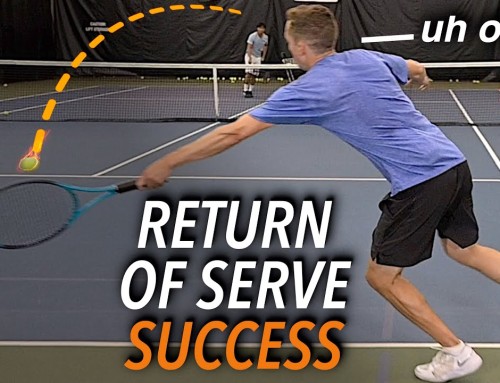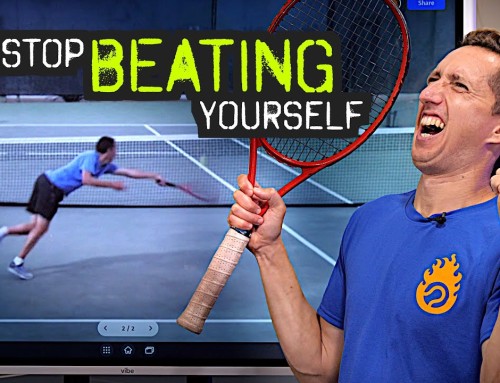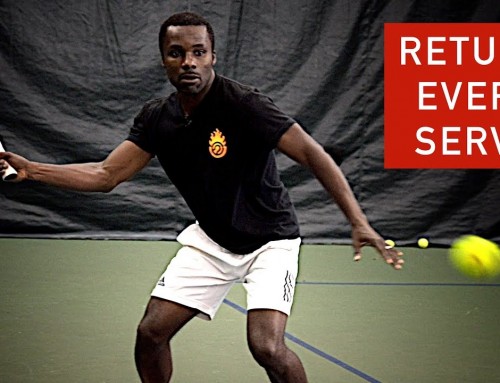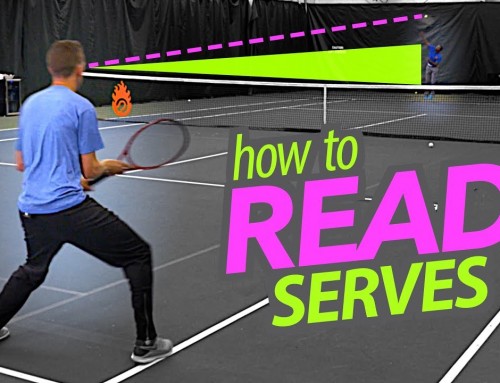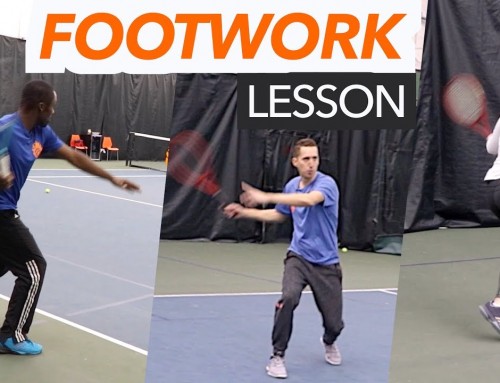In today’s video lesson I’m going to show you three different techniques to use in different situations for the return of serve.
It’s vital to your success on the court that you adjust your swing size and focus depending on what phase of play that your opponent is putting you in: defensive, neutral or offensive.
Using an appropriate swing size and picking an appropriate target will raise your level of success big time!
Comments? Questions? Leave them down below. Thanks for watching!



